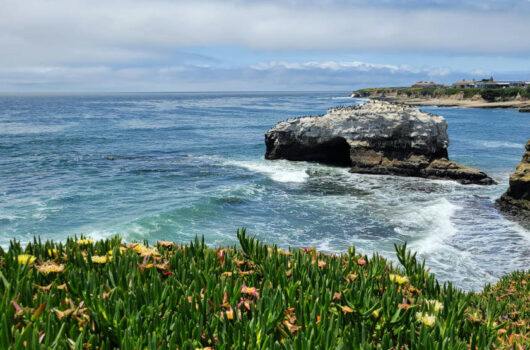Featured Research Articles
-
post
Large and massive neutron stars: Implications for the sound speed in dense QCD
How big are neutron stars? Precise measurements of the size of neutron stars are required for having a solid grasp on the state of the densest material in their interiors, and for differentiating between theoretical models.
-
post
Towards probing the diffuse supernova neutrino background in all flavors
Core-collapse supernovae are among the most spectacular and efficient neutrino factories known so far.
-
post
Neutrino Fast Flavor Instability in Three Dimensions
Core-collapse supernovae and neutron star mergers are profligate producers of neutrinos that would be observable at neutrino observatories on Earth if they occur sufficiently close.
-
post
Probing Neutron Stars’ Composition with g-mode Oscillations
What can we learn from observing the “ringing” (oscillation modes) of astrophysical objects? Similar to how seismologists study the density profile and chemical constituents of the Earth using earthquakes, stellar oscillation […]
-
post
Where they split, they entangle: A (collective) neutrino story
Neutrinos do not experience strong or electromagnetic interactions, and are therefore by far the most feebly interacting among all the known particles in the universe. Nevertheless, there are situations where […]








